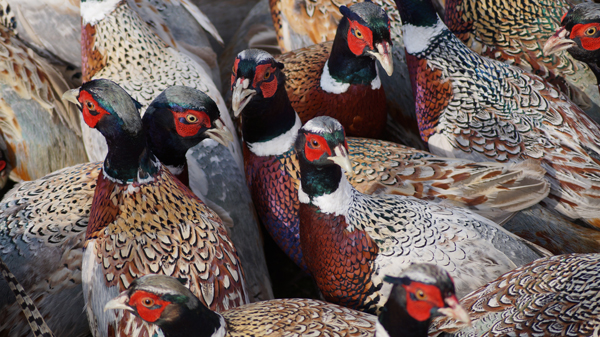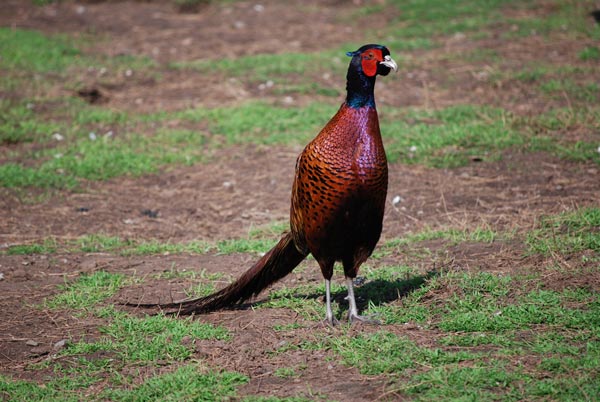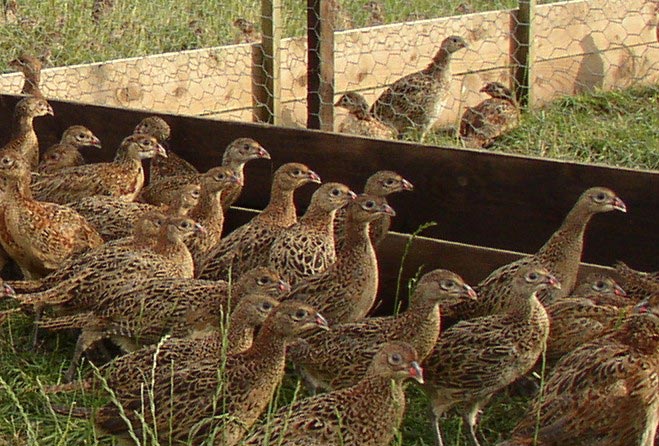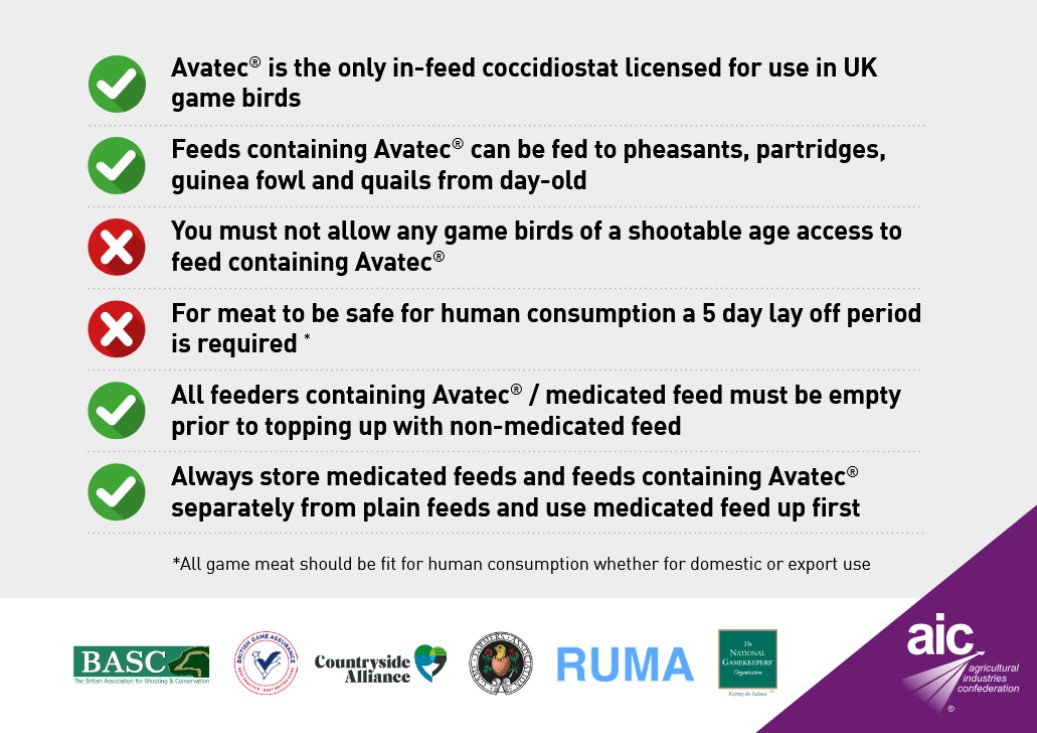Current Projects
Bird Flu
Different strains of Bird Flu (Avian Influenza, or AI) have been increasingly prevalent throughout
the world in recent years and the UK, normally free of this serious disease, has also been subject
to repeated outbreaks.
In the last three years the infection has been found here in wild birds and also farmed turkeys,
chickens, ducks and pheasants. AI is a notifiable disease in the UK, meaning that all cases must be
reported so the authorities can cull all infected birds and impose strict movement restrictions and
biosecurity requirements to eradicate the disease.
Our country has an excellent record in this respect and that is partly down to the good cooperation
which officials get from the various livestock sectors. The GFA is central to representing the
gamebird interest on the National Avian Disease Core Group so we are very close to all the
Government decision-making on this disease and the way it is handled.
AI remains a big threat to the gamebird industry as well as to all other avian livestock sectors but
our involvement keeps things practical and focused whilst always trying to ensure the best for
disease control, bird welfare and human health. At present, AI occupies a lot of the GFA’s time.
No-one else in the gamebird sector can perform this role.

Antibiotic Reduction
All modern livestock farming uses antibiotic (AB) to manage disease and ensure good welfare and
whilst this remains essential there is also a strong and very necessary drive to bring AB use down
so as to reduce antimicrobial resistance and the build-up of untreatable disease.
The UK gamebird sector is entirely on board with the campaign to get reduce AB and it is the GFA, as
a member of RUMA (Responsible Use of Medicines
in Agriculture Alliance), which has been coordinating the sectors’ ambitious response. We have been
instrumental in collecting prescribing data from all gamebird veterinary practices and game feed
compounders and have worked with the Veterinary Medicines Directorate towards an agreed AB reduction target for
our sector. The GFA is encouraging all vets to record and justify their use of the Highest Priority
Critically Important Antibiotics (HPCIA’s) by completing an HPCIA data recording sheet, which can be
downloaded by clicking here.
Gamebird vets, game farmers and gamekeepers have been kept informed throughout this process and are
enthusiastic about getting AB use down. They keys to success will be top quality management and
getting away from the old mentality of prescribing AB ‘just in case’. We are delighted with the way
everyone is embracing this important ongoing campaign and, although our aims here are ambitious, we
are hopeful that this year will see big reductions in AB use that will continue into the future as
people re-adjust to keeping their birds in top condition using less.

Residues in Game Meat
Following the discovery of unacceptable levels of lasolocids (Avatec), found in game meat samples, the Agricultural Industries Confederation (AIC) which represents the game feed manufacturers, has joined the campaign spearheaded by the GFA to tackle this problem. The AIC have produced a poster, principally to be displayed on pallets of feed containing Avatec, to help tackle this issue. There is no reason for Avatec to be fed to birds post release as it will not benefit them so the likelihood is that these residues are the result of the careless use of food containing Avatec or birds are managing to access feed that is not intended for them. Either way, it should be straightforward to observe the withdrawal period, which is just 5 days, with some forward planning. Such residues, if they continue to be found, will have serious repercussions for the sector, including jeopardising the future of game meat exports, so it is vital that we get on top of this problem as soon as possible. To download, or print the poster, which appears on the right, simply click on it to open the PDF, or right click on it and select the option you require.
Product Evaluation
Behind the headline topics like Bird Flu and antibiotic reduction, the GFA continues its day job of
monitoring and reporting all developments that could help or hinder our member’s businesses.
Evaluating newly developed equipment, products and services is a good example of this work. Each
season, members of our Executive Committee voluntarily try out new kit and ideas on their own game
farms and these are then written up in our thrice-yearly members’ newsletters.
Getting competing businesses to share new ideas and best practice in this way is not always easy but
the gamebird sector has a remarkable record of openness and cooperation. Ours is a relatively small
and close-knit community and outsiders, from other livestock sectors or from Government for example,
are often amazed how open, collaborative and effective the game farming sector is. That is largely
down to the work of the GFA


